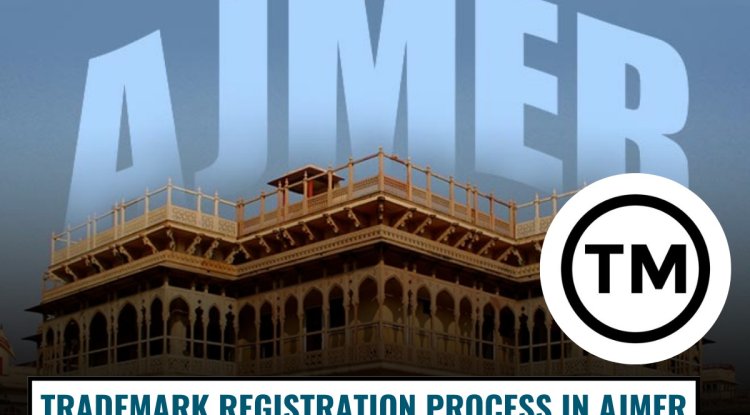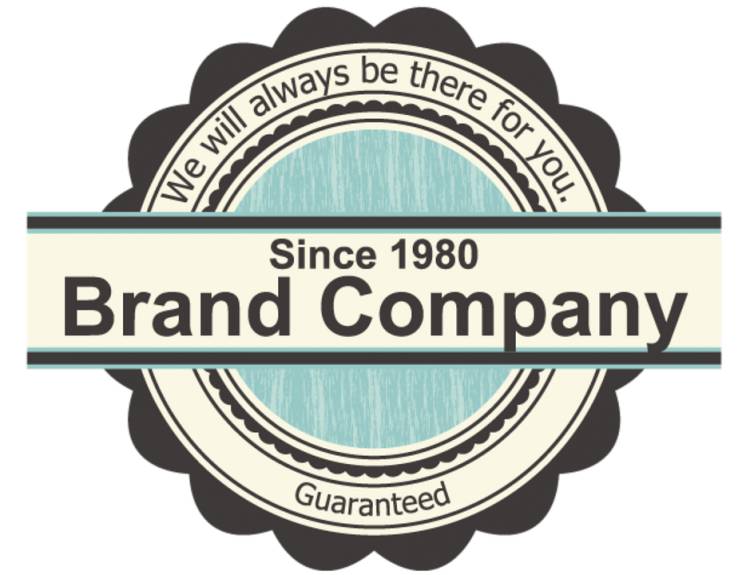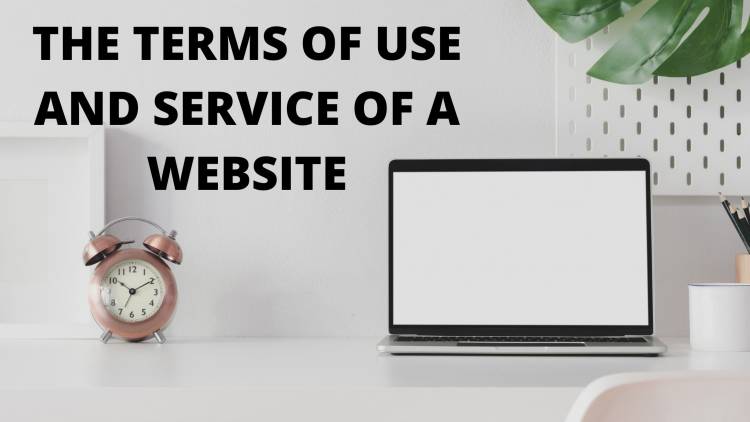How to Deal with False Copyright Claims on YouTube and Other Platforms
False copyright claims on platforms like YouTube can be frustrating and damaging to content creators. To deal with them effectively, creators should first understand copyright laws, fair use, and their rights. If a claim is believed to be false, creators can dispute it through platform tools like YouTube’s Content ID system or file a counter-notification if content is wrongfully removed. Directly contacting the claimant may resolve the issue, and escalating the matter to platform support is another option. To prevent future claims, creators should use properly licensed content and consider copyright protection tools. Remaining calm and professional throughout the process is key to resolving disputes.

INTRODUCTION
Copyright claims are a common issue for content creators, but sometimes they can be completely false. Whether it’s a content ID match on YouTube or a copyright strike on a different platform, dealing with incorrect claims can be frustrating and time-consuming. False copyright claims can negatively impact creators’ channels, their ability to monetize content, and their reputation. Understanding how to handle these situations effectively is essential for creators trying to maintain their online presence.
Here’s a step-by-step guide on how to deal with false copyright claims on YouTube and other platforms.
1. Understand Copyright and Fair Use
Before taking any action, it’s important to understand what constitutes a legitimate copyright claim. Copyright laws are designed to protect the intellectual property of creators, but they can sometimes be misused or misunderstood. It’s also crucial to know about “Fair Use,” which allows the use of copyrighted material under certain conditions—such as commentary, criticism, or educational purposes.
If your use of content falls under fair use or you have permission from the copyright holder, you may be in a good position to dispute a false claim.
2. Review the Claim and Your Content
When you receive a copyright claim, take time to carefully review the details. On YouTube, for example, the platform will provide information about the claimant, the type of content they claim ownership of, and the specific time frame in the video. Evaluate whether the claim is legitimate, or if it appears to be incorrect or misleading.
If you believe the claim is false, ask yourself the following questions:
- Did you use someone else’s copyrighted content?
- Does your content fall under fair use or fall within licensing agreements?
- Did the claimant misidentify the content or upload it by mistake?
Once you’ve assessed the situation, you’ll have a clearer sense of whether the claim is indeed false.
3. Check for Content ID Issues (YouTube)
On YouTube, the Content ID system automatically scans uploaded videos for potential copyright infringements. Sometimes, this system incorrectly flags content, even when there’s no actual violation. If you’ve received a Content ID claim, YouTube offers several options to resolve the issue.
- Dispute the Claim: YouTube allows you to dispute claims if you believe they’re false. Click on the "Dispute" button in the claim details, and provide a brief explanation of why you think the claim is incorrect. You may need to select a reason from a list, such as "This is my original content" or "Fair Use."
- Check for Matching Content: Sometimes, a video or a segment of your content may accidentally match content that isn’t yours (e.g., a song that’s part of a public domain playlist). Check if the content ID claim is accurate or if it matches your content by mistake.
To know more about this you can follow the link below:
4. File a Counter-Notification (YouTube)
If a false copyright claim results in a takedown or a strike, you can file a counter-notification. A counter-notification is a formal request to restore the content that was wrongfully removed. YouTube provides an option for this when your video has been taken down due to a false claim.
However, be aware that filing a counter-notification is a legal process, and you must assert that the content is either your own or that it falls under fair use. If the claimant decides to pursue legal action, you may be required to defend your position in court. Only file a counter-notification if you’re confident that the claim is false.
5. Contact the Claimant Directly
If you have the contact details of the person who filed the claim (often visible in the claim details), you can reach out to them directly. Politely explain the situation, provide any evidence that supports your case, and ask them to retract the claim if it was made in error. In many cases, claimants may be unaware of the mistake and will resolve the issue quickly once it’s brought to their attention.
6. Escalate the Issue to the Platform
If the claimant refuses to resolve the issue or if you’re not able to contact them directly, the next step is to escalate the situation to the platform. Most platforms, including YouTube, have support teams that can help resolve false claims.
On YouTube, you can use the “Help & Feedback” option to report a problem. If the claim continues to cause significant problems, consider reaching out through social media or contacting the platform's legal team for more direct intervention.
7. Use Copyright Protection Tools and Licenses
To prevent future false claims, consider using copyright protection tools, like YouTube’s Content ID system, that can help manage and protect your intellectual property. Additionally, ensure that any third-party content you use is properly licensed. Platforms such as Epidemic Sound, Artlist, and other licensed music providers can help ensure you’re using content legally.
Additionally, some creators choose to register their original content with copyright offices to further solidify their ownership rights.
8. Stay Calm and Professional
Dealing with false copyright claims can be stressful, but it's important to stay calm and professional throughout the process. Aggressive language, threats, or public disputes can escalate the situation unnecessarily. Keep your communication polite and respectful, and document all exchanges. In many cases, the situation can be resolved amicably.
Conclusion
False copyright claims are an unfortunate reality for content creators, but with the right knowledge and approach, you can successfully navigate these challenges. Be sure to understand your rights, review claims carefully, and take appropriate action. Platforms like YouTube provide a clear process for disputing false claims, and taking proactive steps—such as using licensed content and contacting the claimant directly—can help prevent future issues.
Remember, persistence and professionalism are key. By handling these situations the right way, you’ll be able to protect your content and your channel from unnecessary disruption.












